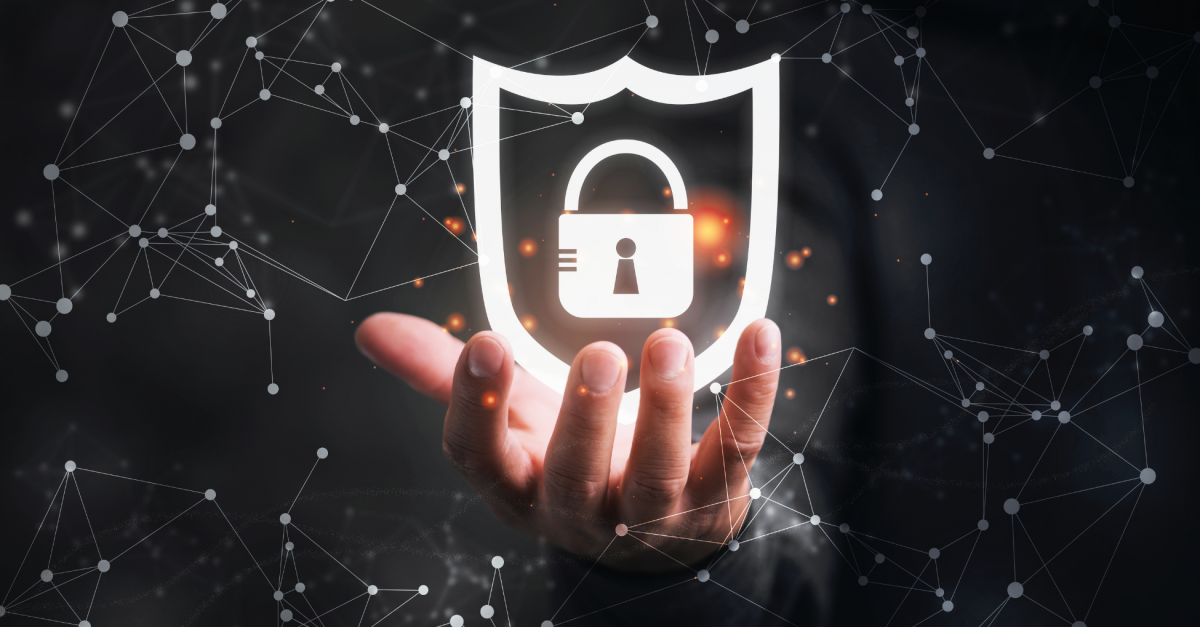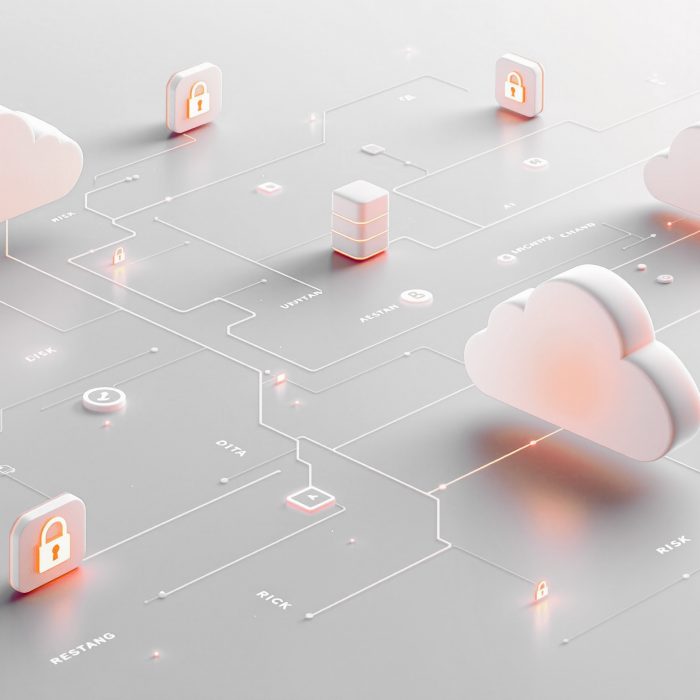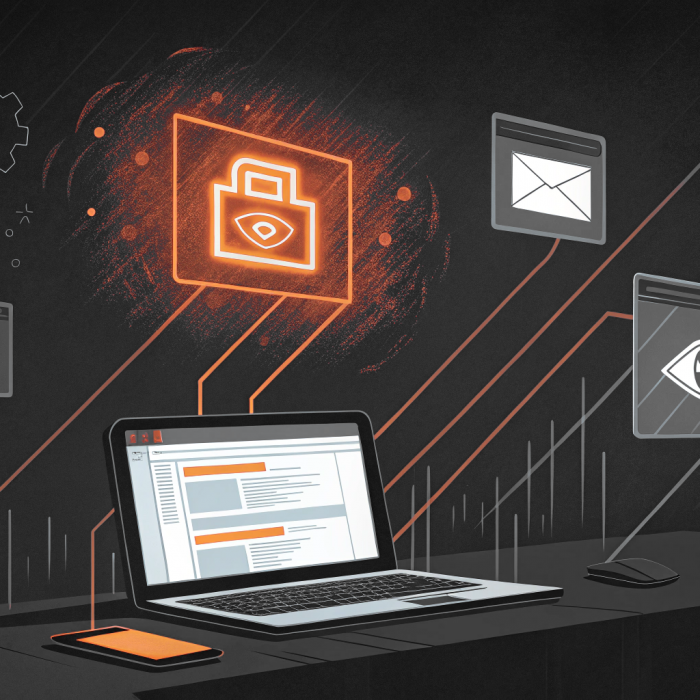In today’s interconnected digital world, ransomware attacks pose a significant threat to organizations everywhere. However, with the right knowledge and tools, these threats can be mitigated and even prevented. Here, we explore practical measures and innovative technologies to help defend against ransomware attacks, ensuring the integrity of your digital assets.
Good Practices for Ransomware Prevention
1. Stay Updated
Regularly updating software is critical for preventing ransomware attacks. Outdated software can have vulnerabilities that serve as open invitations for attackers. Just as leaving a house’s front door unlocked invites burglars, neglecting software updates can lead to security breaches. Keep your operating systems, applications, and security tools updated to minimize risks.
2. Implement Two-Factor Authentication (2FA)
Two-factor authentication (2FA) adds an extra layer of security. It requires users to provide two forms of identification—like a password and a one-time code—making it harder for attackers to gain unauthorized access. This additional security step can significantly reduce the likelihood of successful ransomware attacks.
3. Exercise Caution with Links
Ransomware often infiltrates networks through phishing emails and malicious links. Exercise caution when encountering unverified links in emails or on unfamiliar websites. Avoid clicking on suspicious links, and educate your team about the risks of phishing attacks.
4. Backup Your Data
Regular backups are a key defense against ransomware. By keeping regular backups of critical data, you can recover from a ransomware attack without paying a ransom. Store backups in secure, isolated locations to ensure they aren’t compromised during an attack.
5. Adopt Zero Trust Network Access (ZTNA)
Zero Trust Network Access (ZTNA) is a security model that requires validation for every access request. By scrutinizing each request, you can prevent ransomware from spreading within your network. Implementing ZTNA can significantly enhance your organization’s security posture.
6. Educate Employees
Employee training is an essential component of a robust cybersecurity strategy. Educate your employees about the risks of ransomware, phishing, and other common threats. Regular training sessions and awareness programs can help your team recognize and avoid potential attacks.
7. Implement Privileged Access Management (PAM)
Privileged Access Management (PAM) software is a crucial tool for preventing ransomware attacks. By regulating and monitoring access to critical systems and data, PAM ensures that only authorized users have elevated privileges. This limits the risk of unauthorized access and helps detect suspicious behavior early. PAM solutions offer features like session recording, real-time threat detection, and granular access controls, providing a comprehensive approach to cybersecurity.
A top-tier PAM solution to consider is Admin By Request, which helps organizations fortify the principle of least privilege access. It offers advanced features like session recording and real-time threat detection, allowing for vigilant monitoring of privileged user activity to catch abnormal behavior early. This proactive approach can stop ransomware threats before they cause significant damage. Admin By Request’s user-friendly interface and automated policy enforcement make it easy to implement strong security measures without adding complexity to your IT operations.
TL, DR?
Ransomware is a significant threat, but you can lower your risk with some key strategies. Keep your software updated, use two-factor authentication, and be cautious with unfamiliar links to prevent attacks. Regularly back up your data to recover without paying a ransom, and consider Zero Trust Network Access (ZTNA) for added security. Employee education is crucial for spotting phishing attempts, while Privileged Access Management (PAM) tools like Admin By Request can help control who has access to critical systems. By following these practices, you can better protect your organization from ransomware and maintain operational stability.







